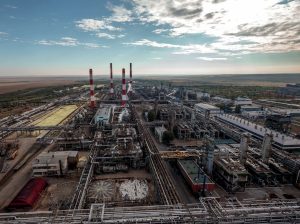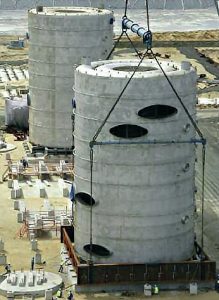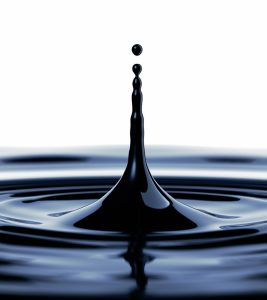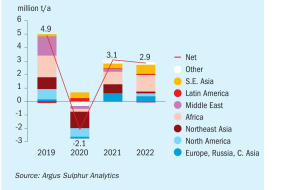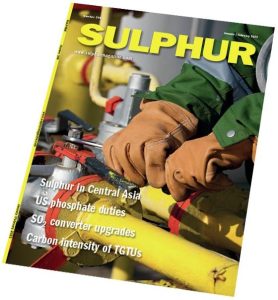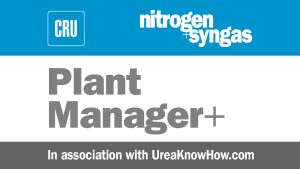
Incident No. 6: Corrosion in gasket area
This case study refers to the carbamate condensers and separators in the urea recirculation and hydrolyser desorber section of a urea plant, operating under normal operation at 0.3 MPa and 75°C. After 48,000 hours of operation, during the turnaround of the urea plant, the diaphragm type instruments were sent to the original equipment manufacturer for inspection and refurbishment. In addition to damage of the diaphragm, crevice corrosion was found in the gasket area (see picture) posing a health and safety risk .


